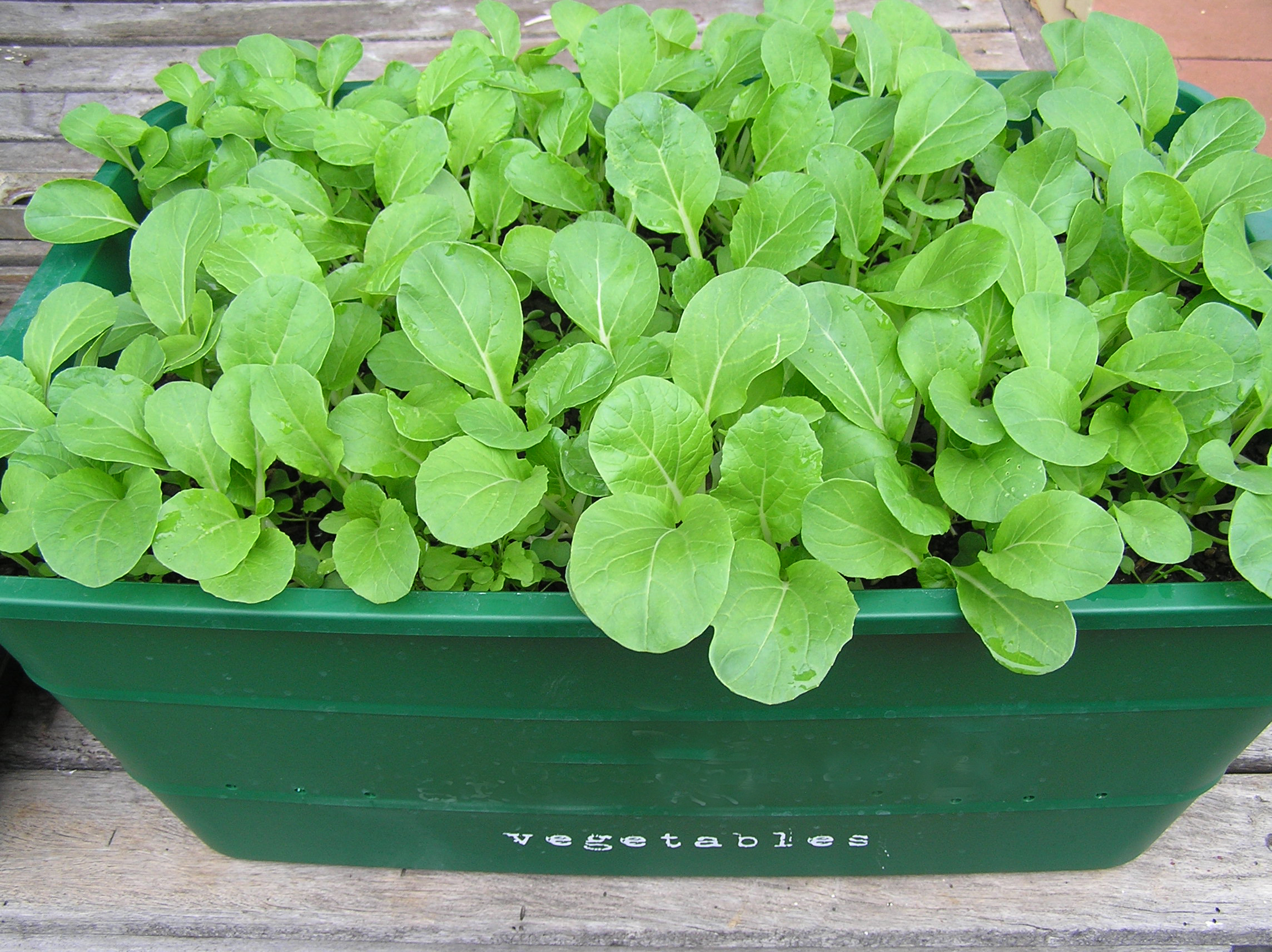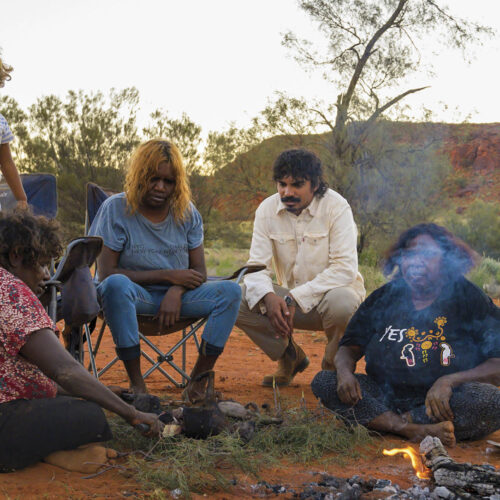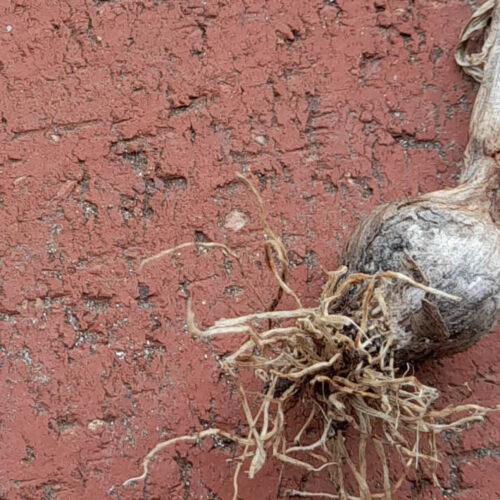Too hot? Grow microgreens
2013-01-16T02:58:18+11:00
If it’s getting too hot for growing your favourite leafy greens and herbs in the garden, then try growing your own organic microgreens in pots, writes PHIL DUDMAN
It happens in my garden every year. Come January/February, the temperatures get so hot that all my favourite leafy greens turn to mush. Sure, I shade sensitive crops on hot days and that works well, although the shade can cause some greens to grow long, leggy and weak.
So this year, being the culinary trend seeker I am, I’m growing lots of microgreens in pots. What are they? Well, they are simply regular greens that are harvested small (and are all the rage in fancy restaurants across the globe). They cost a mint to buy in the shops, but if you grow them yourself, you can impress all your well-to-do friends on a shoestring budget (that’s if you want to). But I’m sure, just like me, you just want something yummy, fresh and organic to throw into salads and sandwiches this summer.
You can grow just about any greens and herbs. Lettuce, spinach, kale, endive, beet greens, radish greens, peas, cabbage, broccoli, sunflower, bok choy, basil, coriander… you name it. This only issue is because they’re so small, you need a lot of them to get a decent feed, which means you need lots of seed. Thankfully, I save a lot of seed from past crops which makes things easy and economical, so keep that in mind if you want to get serious about micros.
The beauty of growing them in pots during the hot summer is that you can keep them in a cool spot. A place where they will get three hours of early morning sun is best – and three hours is all they need. Even a windowsill in the kitchen may do. I just sprinkle the seed fairly liberally over the surface of the potting mix and cover lightly with some more mix. Water well, and don’t let the mix dry out, certainly not until the seeds have germinated. They won’t need much fertilising because they are harvested so young, but if they look like they need a helping hand, give them some heavily diluted fish and kelp. A young harvest means very few problems with peat and disease as well.
You can start harvesting them from the time they have developed their first set of true leaves, which means a quick return. Don’t pull them out, just snip them off with scissors, leaving the roots in the soil. I like to randomly thin them out, leaving a few plants to grow a little bigger (as pictured) so that I can get a continual harvest from the one sowing. Some plants may even go on to grow to their full size. Once they are all harvested, simply loosen up the mix, top up with some fresh stuff and start again!






